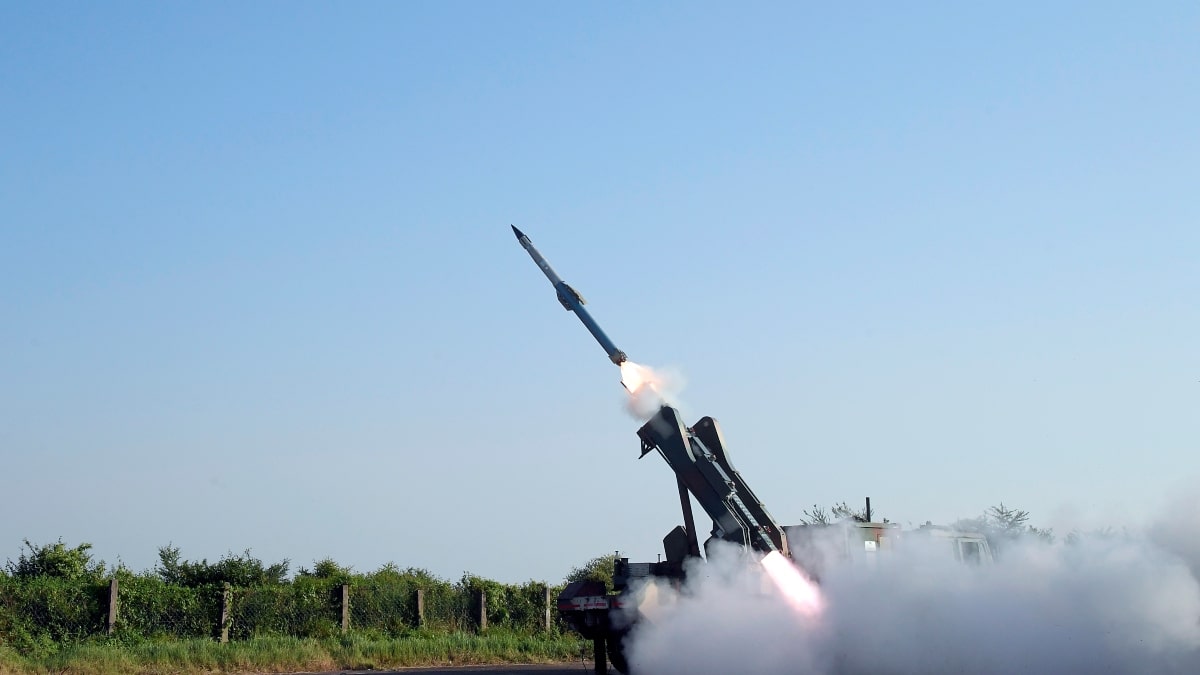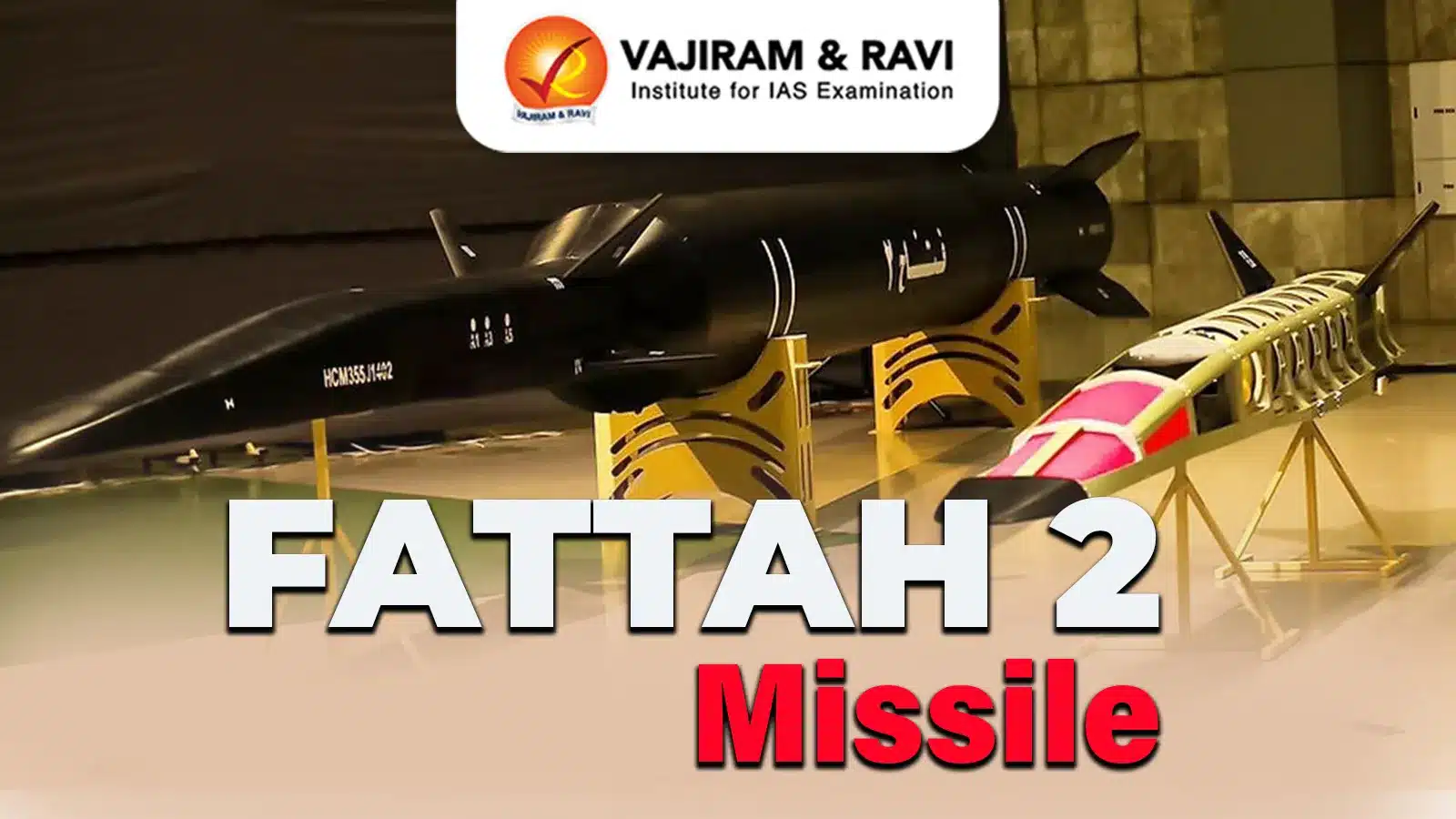About Project Kusha
- ‘Project Kusha’ is set to provide the Indian Air Force (IAF) with a long-range air defence system, with deployment targeted for 2028-29.
- The ambitious indigenous project will be developed by the Defence Research and Development Organisation (DRDO) at an estimated budget of Rs 21,700 crore.
- Drawing parallels with Israel’s renowned Iron Dome system, ‘Project Kusha’ is expected to not only match but potentially surpass the capabilities of its Israeli counterpart.
- It aims to detect and destroy various hostile targets, including cruise missiles, stealth fighter jets, and drones at extended ranges.
- Key Features:
- The long-range surface-to-air defence system (LR-SAM) incorporates advanced long-range surveillance and fire control radars, which empower the IAF to effectively monitor airspace and fend off enemy threats.
- Interceptor missiles, with ranges of 150 km, 200 km, and 350 km, provide the ability to detect and strike hostile targets at different distances.
- It will also be effective in providing strategic and tactical cover.
- The system reportedly has a single-shot kill chance of at least 80% and over 90% when two missiles are fired after each other.
- The firing units of ‘Project Kusha’ can seamlessly integrate with the IAF’s air command and control system, facilitating coordination with a wide range of military radars.
What is Iron Dome?
- It is Israel’s air missile defense system that can defend against short-range rockets, intercepting them in the air above the state.
- It is capable of successfully handling multiple rockets at a time.
- Developed by Rafael Advanced Defense Systems and Israel Aerospace Industries, the system became operational in March 2011.
- Features:
- The Iron Dome functions by detecting, analyzing, and intercepting varieties of targets such as mortars, rockets, and artillery.
- It is powered by missile-defense batteries.
- It has all-weather capabilities and is able to function night or day.
- It is able to launch a variety of interceptor missiles.
- It is designed to shoot down missiles with a range of about 40 miles or less.
- It must be reloaded continuously to intercept incoming missiles.
Q1) What is a radar?
Radar, which stands for “Radio Detection and Ranging,” is a technology that uses radio waves to detect, locate, track, and identify various objects or targets. Radar works on the principle of sending out radio waves and receiving their reflections when they bounce off objects, allowing for the determination of the object’s distance, speed, direction, and sometimes its size and shape
Source: Project Kusha’ set to redefine India’s air defence prowess amid rising threat in the region
Last updated on June, 2025
→ UPSC Notification 2025 was released on 22nd January 2025.
→ UPSC Prelims Result 2025 is out now for the CSE held on 25 May 2025.
→ UPSC Prelims Question Paper 2025 and Unofficial Prelims Answer Key 2025 are available now.
→ UPSC Calendar 2026 is released on 15th May, 2025.
→ The UPSC Vacancy 2025 were released 1129, out of which 979 were for UPSC CSE and remaining 150 are for UPSC IFoS.
→ UPSC Mains 2025 will be conducted on 22nd August 2025.
→ UPSC Prelims 2026 will be conducted on 24th May, 2026 & UPSC Mains 2026 will be conducted on 21st August 2026.
→ The UPSC Selection Process is of 3 stages-Prelims, Mains and Interview.
→ UPSC Result 2024 is released with latest UPSC Marksheet 2024. Check Now!
→ UPSC Toppers List 2024 is released now. Shakti Dubey is UPSC AIR 1 2024 Topper.
→ Also check Best IAS Coaching in Delhi
























